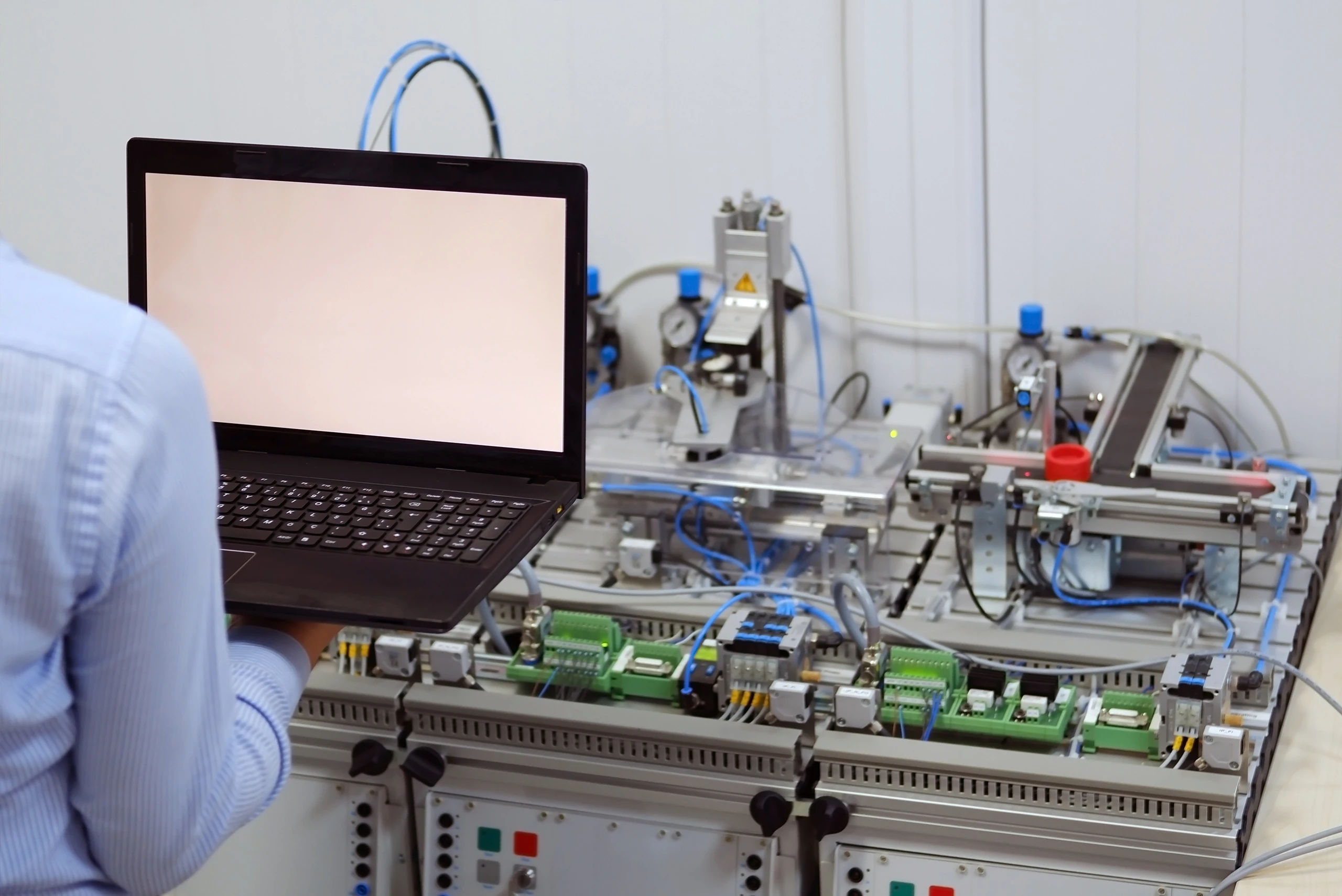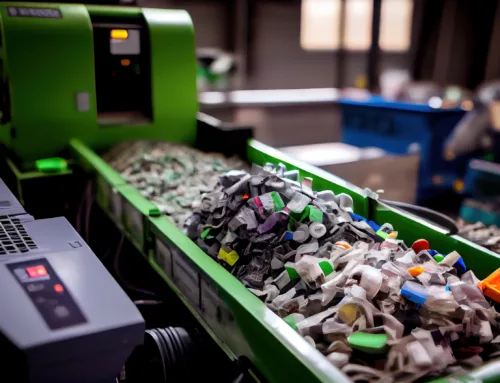In the world of industrial automation, Programmable Logic Controllers (PLCs) serve as the backbone of countless processes, ensuring efficiency, precision, and reliability. From manufacturing plants to assembly lines, PLCs play a pivotal role in automating tasks, monitoring systems, and controlling machinery.
What exactly is PLC programming, and how does it work? Let’s dive into the fundamentals of PLC programming to shed light on this integral aspect of industrial automation.
Understanding PLCs
At its core, a Programmable Logic Controller, or PLC, is a specialized computer used to control machinery and processes in industrial settings. Unlike general-purpose computers, PLCs are designed to withstand harsh industrial environments and reliably execute repetitive tasks with precision. They operate by receiving input signals from sensors and other devices, processing this information using programmed logic, and then triggering outputs to control actuators, motors, valves, and other devices.
What is PLC Programming?
PLC programming involves creating the instructions that dictate how a PLC operates. These instructions are typically written using specialized software and a programming language specifically tailored for PLCs.
The Logic Behind PLC Programming
At the heart of PLC programming lies the concept of logic control. Instead of relying on complex algorithms or high-level programming languages, PLCs use a symbolic representation of relay logic known as ladder logic. In ladder logic programming, instructions are arranged in a series of rungs, with each rung representing a logical condition or action. By combining various logical operations such as AND, OR, and NOT, programmers can create intricate control sequences to automate industrial processes.
PLC Programming Languages
While ladder logic remains the most widely used programming language for PLCs, modern PLCs support a variety of programming languages to suit different applications and programming preferences. Structured text, like high-level programming languages like C or Pascal, offers more flexibility and readability for complex algorithms.
Function block diagrams allow programmers to encapsulate reusable logic blocks, making code modular and easier to maintain. Sequential function charts provide a graphical representation of sequential processes, ideal for sequential control applications.
Advantages of PLC Programming
One of the primary advantages of PLC programming is its versatility. PLCs can be programmed to perform a wide range of tasks, from simple on/off control to complex mathematical calculations and data processing. Additionally, PLC programming allows for easy reconfiguration and modification without the need for physical rewiring, making it ideal for dynamic manufacturing environments where processes may change frequently.
Applications of PLC Programming
PLC programming finds application across various industries, including manufacturing, automotive, food and beverage, pharmaceuticals, and energy. In manufacturing plants, PLCs control assembly lines, robotic arms, conveyors, and other machinery to optimize production efficiency and ensure product quality. In the automotive industry, PLCs oversee tasks such as welding, painting, and assembly, contributing to the automation of vehicle production processes.
PLC programming is a vital aspect of industrial automation
Enabling the precise control of machinery and processes in diverse applications. By understanding the basics of PLCs, including their functionality, programming languages, and applications, beginners can embark on a journey to master this essential skill.
Whether you’re a seasoned automation engineer or a newcomer to the field, PLC programming offers endless opportunities to streamline operations, enhance productivity, and drive innovation in the world of industrial automation.
For those interested in delving deeper into PLC programming or exploring automation solutions for their industrial needs, we invite you to call RBT Automation Technologies, reach out to our team directly at 519-752-3675 to discuss how PLC programming and automation can transform your operations for the better.
Unlock the power of PLCs and embrace the future of industrial automation with RBT Automation Technologies.






